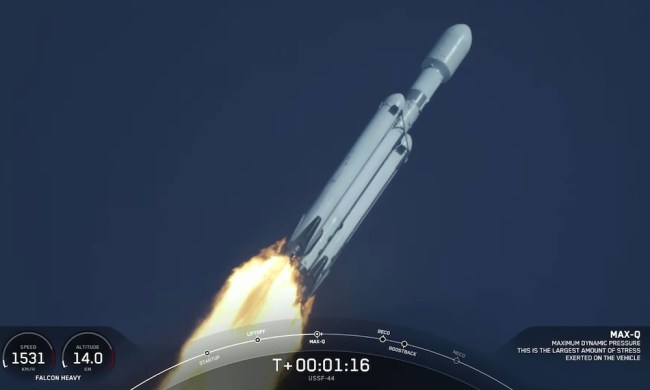Japan has just launched the first-ever wooden satellite to space.
The LignoSat cubesat was sent skyward by a SpaceX Falcon 9 rocket from NASA’s Kennedy Space Center in Florida on Monday and arrived at the International Space Station (ISS) aboard a Dragon supply ship the following day. The satellite will stay in orbit for about six months once it’s deployed from the ISS later this year.
Created by scientists at Kyoto University in partnership with homebuilder Sumitomo Forestry, each side of the cubesat measures a mere 4 inches (about 10 centimeters). It’s made of honoki, a type of magnolia tree native to Japan, and has been constructed using traditional Japanese techniques that forgo the use of screws or glue.
The idea behind the mission is to test the effectiveness of using wooden materials for satellites as a way to reduce space junk and protect the environment. When a satellite is decommissioned in low-Earth orbit, operators will try to dispose of it by burning it up in Earth’s atmosphere. But the large metal objects don’t always entirely disintegrate, with chunks of metal sometimes making it to the surface of our planet. Tiny metal particles can also end up in the environment.
Sensors aboard LignoSat will send back data that will allow scientists to learn about how well the wooden satellite is able to deal with the harsh conditions of space, which include huge fluctuations in temperature.
Digital Trends first reported on plans for the wooden satellite four years ago. Speaking to the BBC at the time, Takao Doi, a professor at Kyoto University and a former Japanese astronaut who has been to the ISS, said: “We’re very concerned with the fact that all the satellites which reenter the Earth’s atmosphere burn and create tiny alumina particles which will float in the upper atmosphere for many years.”
Speaking more recently, Doi said that if a wooden satellite design is found to be a viable alternative to metal ones, the team behind LignoSat plans to pitch it to SpaceX.



